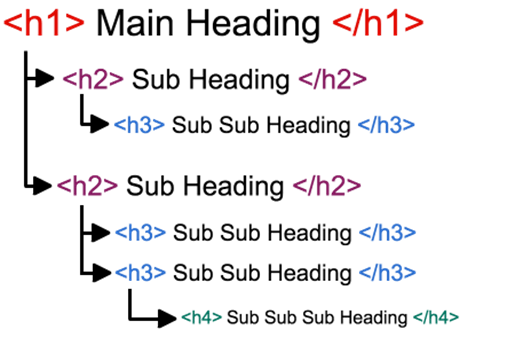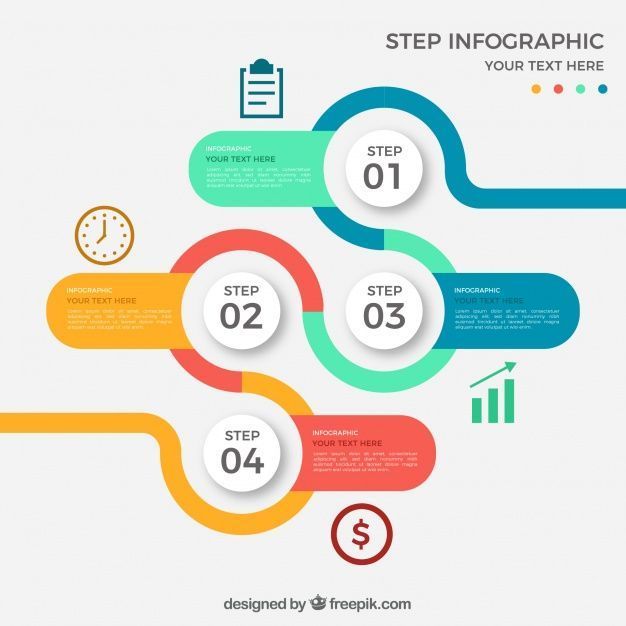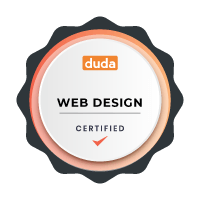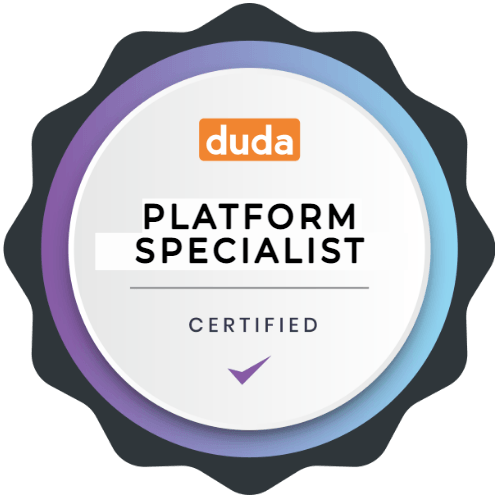Needing help with online marketing?
How to write targeted content that drives more traffic to your website
Share this post
Proven ways to help increase blog posts to boost your content writing skills
Do you struggle with pulling traffic to your website?
Or maybe your audience even makes it to your page, but bounces early?
Unfortunately, having a website isn’t enough to generate web traffic anymore, and it's easy to have your website get lost in the big cyber abyss.
So how do you keep your website fresh and keep generating traffic?
The answer is – content. But,
that content needs to be structured.
A website can only be as successful as the content that lives on the page
So how do you know what content to post or what your audience is after? Well…you can gather some of this information yourself with data available to you or you can utilise as many different content formats as you can to spice up your page. Tackling these tactics will put your site on its trajectory to increased traffic.
Content isn’t necessarily always a simple manoeuvre to nail down, because it takes a significant level of testing and research to understand the best content for your site. But with these shortcuts and helpful tips – your content will be taken to a whole new level.
Study what pieces of content actually work to get targeted website traffic
Do you know what content works well on your page?
Do visitors like videos, short blogs, long blogs, how-to guides, image galleries, etc?
Do they click on certain links or order most frequently from a certain page?
Study the details of your visitors’ activity on your web page Google analytics, by looking at what pages drive the most traffic. Studying the details of user activity can provide insight to who your visitors are, how they come to your page, where they go, and how long they stay. This knowledge can teach you what your successful content looks like. You can use this knowledge by putting more similar content up. If you see a “How To” blog drove a lot of traffic and even created some buzz – try making more “How To” guides as a series and build a niche audience with your targeted content, made specifically for them.
If you don’t have a social media already, make one to correlate to your website and build awareness in different platforms. On social media, similarly study what posts create the most buzz, which could provide hints into what to put onto your website. Maybe your audience really liked a post that had “5 Helpful Study Tips” – this can really serve as an opportunity for you to expand on this topic in long-form content on your website.
Social media can also similarly teach you who your audience is demographically. Age, gender, interests, geographic location – these are all available information on social media sites that can help you properly build your web content for your growing audience.
Link and connect social media on your web page
In 2020, its important to have your social media and web page linked to drive as much awareness as possible. On your social pages, place your weblinks and vice versa. This will ensure that visitors of your content – no matter where they are – can always be driven to your website to find more of the content they are looking for. This will help ensure that the audience that is interested in your work, finds their way to your page.
Here is how Social Space media buttons look (easy right).
Ask your target audience
People like human interactions and especially when websites become more than just pieces of content, but rather communicate with their followers. You can always curate content for your audience by asking your web users what they would like to see on your website. On forums, email surveys, or social media – there're many tactics that can be used to gather information around what your visitors would like to see from you. Use these as opportunities to connect with your audience, learn their interests, and then take their desires into account when building your content. If they want more videos – post more videos! The most direct way to find out – is to ask
Make sure your blog post is engaging for the reader!
Ensure that your content is visually appealing. From website design, to font and layout, to pictures – all the details matter. Do your best to make your pages as thematically tied together color scheme-wise as possible and ensure that they are neatly laid out. No user wants to read messy or boring web pages.
Similarly, proof-read work and make sure that content is edited and not plagiarised. Too many errors will steer attention away from the content and prevent your audience from really connecting with your content. So, no matter what work you are placing online, it is always important to take the little steps to prepare before placing online to ensure that you maximize each posts’ potential.
Understanding the basics of Search Engine Optimisation to help your blog reach it's target
Search Engine Optimisation or SEO has hundreds of articles just on this topic alone, but one thing is certain: it works, and it will help drive web traffic!
However, good content is crucial to successful implementation of SEO. To leverage SEO, ensure keywords are tactically placed on your content, you create strong content that solves problems for readers, you utilise links (to/from other websites and connecting your own page), and you probably include metadata or descriptions/tags.
But, what I found works best for Search Engine Optimisation is having the right structured Header Tags for your content. Here's my SEO tip on setting this up for your on-page article:
Interact with digital publishers will get more readers
When you have all these pieces together: an understanding of your audience, social media, strong and curated content, great web design, and SEO optimization – you open up the doors to where your webpage can go. Strong content is crucial to driving more traffic and is the backbone of your website, which is why it requires so much care.
If there is a piece of content that you believe can really resonate with an audience or you are very proud of certain work – take this amazing content one step further and try to get it onto other publishers’ pages.
Take the time to find what publishers may be in need of your content or who have similar audiences to yours. Reach out to see if they would like to collaborate or if they could feature work or you could guest-write for them. The more publishers you grow a relationship with the stronger your chances are to getting a “yes” to being featured on another website or starting your first collaboration.
Content strategy for thought-starters or ideas
Still need some ideas for ways to get started with new and effective content for your website?
Blogs: Probably one of the most straightforward pieces of content that all websites can really use. Try experimenting with long-form and short-form blogs to see what works best for your page. Blogs offer great opportunities for you to share your voice and speak on a variety of interesting. Short form tends to be more casual or a direct overview, while long form (content) allows for a really deep dive into a subject matter – usually best for educational purposes. Be sure to include pictures and well-structured thoughts to make your content more reader-friendly.
How-To-Guides: In our society, people seek answers online and expect your content to provide what they are looking for. Help out your audience with acquiring a new skill or trying something for the first time, by offering how-to guides on various subject matter. It’s a common, always-useful, and very in-demand piece of content.
Checklists: Checklists or other forms of instructions are similar to how-to guides and also offer the same solutions to answers in a slightly different format. These are also great to have in downloadable versions for easy print-outs for users or drive traffic as a free giveaway for users that take a certain action (sign up for mail service or fill out a survey).
Videos: Online
video creation is growing more and more important every year. Consumers love video and trend reports point towards the increase in usage. By
making videos, you welcome different audiences and increase reach, as well as support a highly interactive media format. However, videos can also be placed in written-form to kill two birds with one stone and make a piece of SEO-friendly content driving unique users to the video.
Interactive Content:
Quizzes, surveys, and games are all fun platforms that can really spice up your content and make your website more fun. These are highly interactive pieces and require user interaction – so what better way to build up strong web usage?
Pictures, Visuals or Info-graphics: Everyone loves pictures. Whether on your blogs or your landing pages, be sure to include great graphics. Whole pieces of content on your page can even be pictures with galleries or tables. So, don’t overlook the benefits of pictures on your website, especially for users looking for easy-to-consume content. If properly tagged, pictures can even be SEO-optimised by adding in GPS coordinates.
Or just like having the below infographic, how cool is that?
The University of YouTube for SEO Content Writing
Tips for content for a well rounded website can be found directly on YouTube A great example is someone like this video by SEO link builder Julian Goldie of Goldie Agency
Final thoughts
We hope this has helped guide you after you've written some amazing content, to make it even more searchable and to hopefully gain more clicks to your site and that elusive targeted website traffic.
Another great resource you might want to check out is
Neil Patel on his 'Ultimate Guide to Writing Blog Posts'.
What content writing tips is working to gain you more website traffic?
About Social Space
Hey there, I'm Robert Tickner!
I’m an online visibility consultant who helps local small businesses get noticed on Google search, and guides them on their digital journey. I build websites with structured web design practices through SEO services that get noticed on Google's search algorithms, write the occasional blog, and boost Google My Business listings to improve overall traffic that helps convert more potential clients to your website.
I'm determined to grow my business.
My only question, is it time to boost yours?









